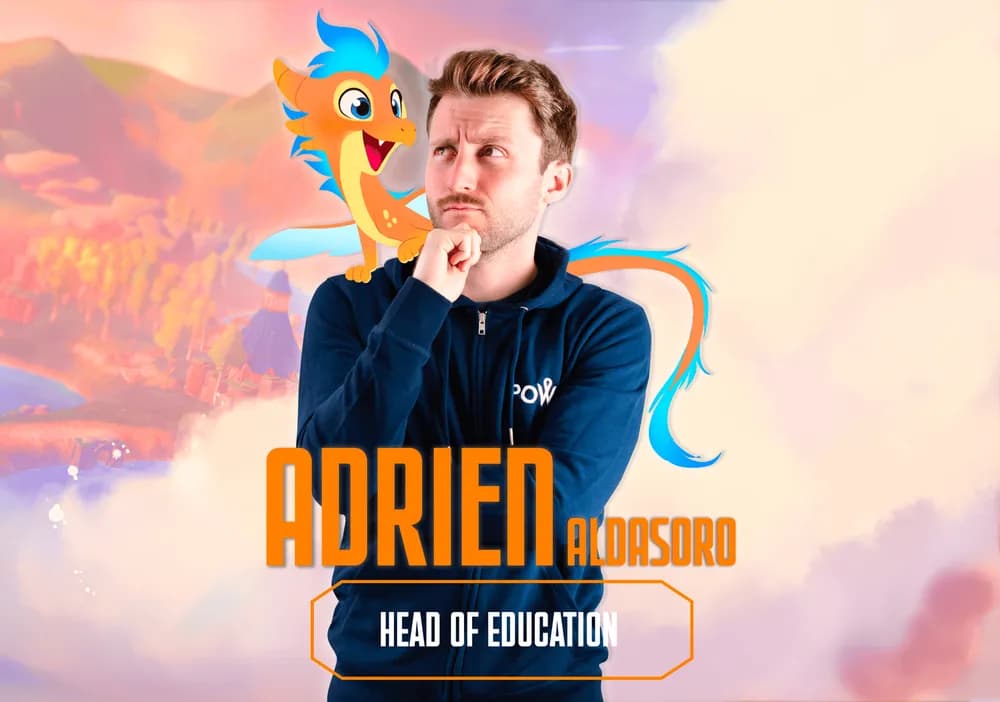They complement each other because our traditional education system, despite teachers' dedication, cannot effectively cover all content in a manner that ensures equal access to education for everyone. This limitation is regrettable. Therefore, the education system stands to benefit from a flexible tool capable of addressing various subjects and learning stages.
In Super Mario, the learning process involves navigating through the level, making mistakes by falling in the wrong places multiple times, until you grasp precisely where and when to jump.
Video games, like Super Mario, excel in active learning. In this game, players master the level by making mistakes—falling in the wrong places—until they understand precisely where and when to jump. The empirical 'trial and error' mechanic ensures a continuous learning process, a rarity in a mostly punitive education system. Video games allow for continuous learning through mistakes, making the process enjoyable. Isn't that amazing?
Trial and error significantly contributes to the consolidation phase of acquiring knowledge and skills. This approach should be coupled with other brain training principles like 'close feedback loops' and 'expanded rate retrieval.' To ensure proper consolidation of a skill, such as anchoring it in long-term memory and making it a reflex in procedural memory, it's crucial to guide the child on where and why they made mistakes and where and why they were correct. Initiating trial-and-error sessions at specific intervals is part of a practical consolidation strategy. It's important to note that when we refer to phases in the plural, it's because there is more than just a consolidation phase.
To ensure that every child has access to extracurricular lessons, which often hinge on parents' social backgrounds, the game emphasizes an awakening phase. In addition to enhancing math skills, children have the opportunity to develop an appreciation for classical music, expand their vocabulary, and gain knowledge of yoga. The game treats each subject equally without distinction of importance. As children advance along this infinite horizontal scale based on their preferences, they can also progress vertically, eliminating academic 'level barriers' and enabling a more in-depth exploration of fields that personally attract them.
The validity of the latter point remains to be proven, introducing the concept of phase distribution. Our goal is to engage children in various subjects, helping them discover areas that inspire them and build a lasting foundation of skills for optimal progress. This approach aims to streamline face-to-face teaching, saving time and energy for both parents and teachers. It envisions a liberating experience for children, breaking free from the constraints of a cumbersome system and restrictive beliefs.
